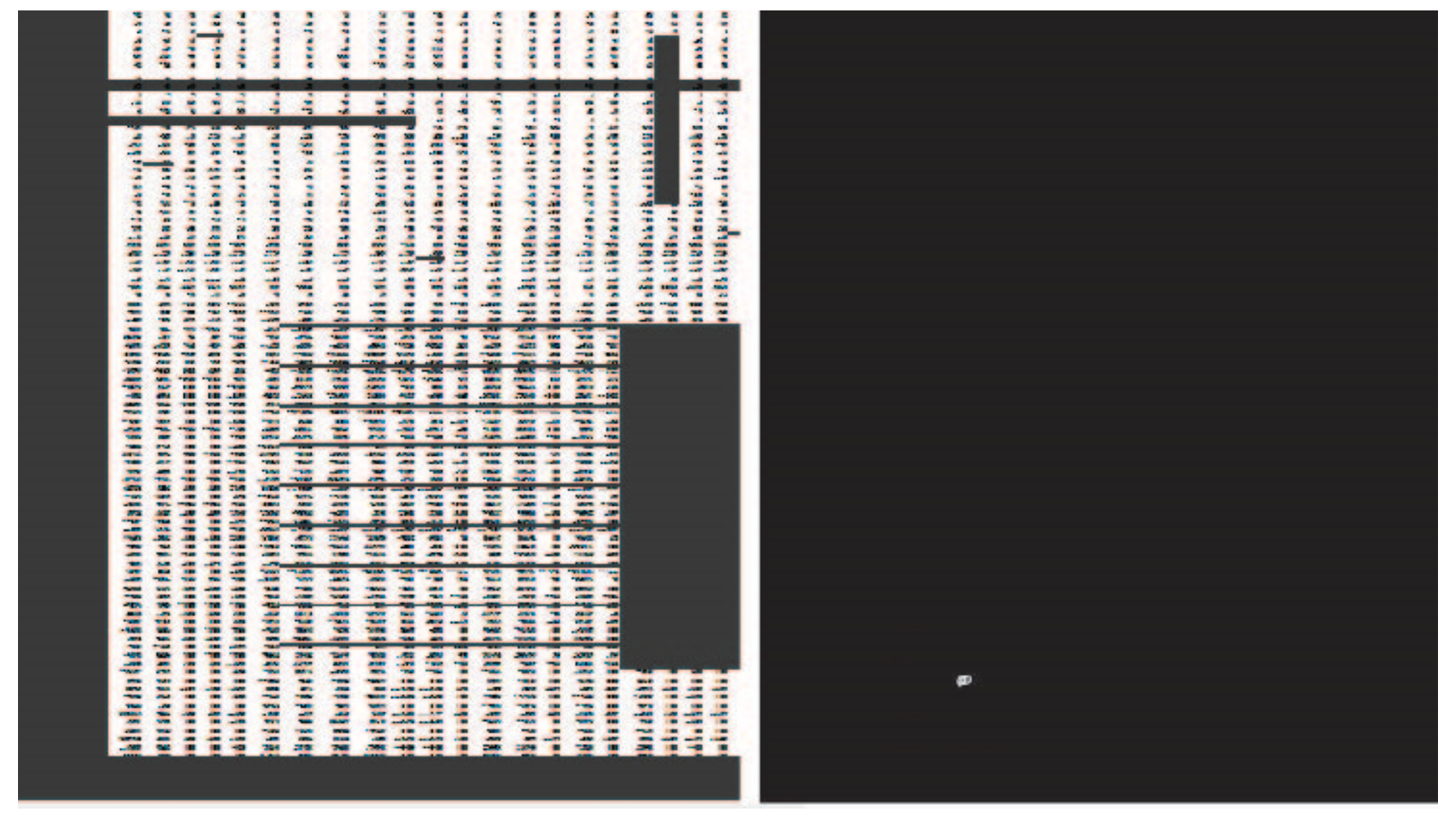(Almost) All Data is Absent Data
Karly Ross - University of Calgary, Calgary, Canada
Pratim Sengupta - University of Calgary, Calgary, Canada
Wesley Willett - University of Calgary, Calgary, Canada
Room: Esplanade Suites I + II + III
2024-10-14T16:00:00ZGMT-0600Change your timezone on the schedule page
2024-10-14T16:00:00Z

Abstract
We explain our model of data-in-a-void and contrast it with the idea of data-voids to explore how the different framings impact our thinking on sustainability. This contrast supports our assertion that how we think about the data that we work with for visualization design impacts the direction of our thinking and our work. To show this we describe how we view the concept of data-in-a-void as different from that of data-voids. Then we provide two examples, one that relates to existing data about bicycle mobility, and one about non-data for local food production. In the discussion, we then untangle and outline how our thinking about data for sustainability is impacted and influenced by the data-in-a-void model.